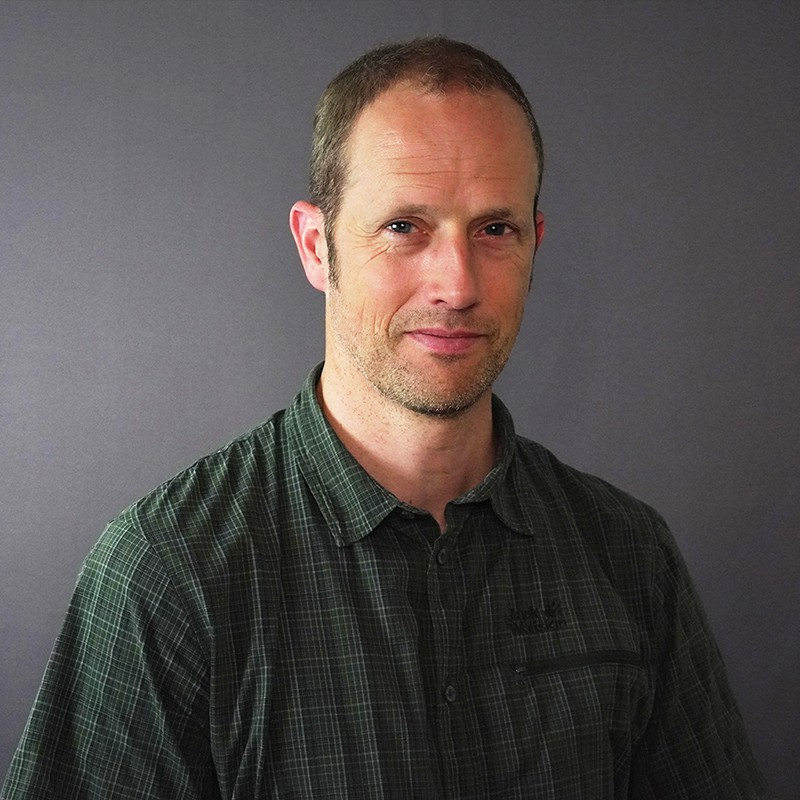Publikasjonsdetaljer
- Journal: International Journal of Applied Earth Observation and Geoinformation, vol. 95, p. 1–19–18, 2021
-
Internasjonale standardnumre:
- Trykt: 1569-8432
- Elektronisk: 1872-826X
- Lenke:
The existing cultural heritage mapping in Norway is incomplete. Some selected areas are mapped well, while the majority of areas only contain chance discoveries, often with bad positional accuracy. The goal of this research was to develop automated tools for improving the cultural heritage mapping in Norway, thus enabling detailed mapping of large areas within realistic budgets and time frames. The focus was on three types of cultural heritage that occur frequently in many types of Norwegian landscape: grave mounds, pitfall traps in deer hunting systems and charcoal kilns.
A recent development in deep neural networks for object detection in natural images is the region-proposing convolutional neural network (R-CNN), which may also be used for cultural heritage detection in local relief model (LRM) visualizations of airborne laser scanning (ALS) data. Python code for ‘Simple Faster R-CNN’ was downloaded from Github.
On 737 test images (16.6 km2) not seen during training, 87 % of the true cultural heritage objects were correctly identified, while 24 % of the predicted cultural heritage locations were false. However, all test images were small (150 m × 150 m) and contained at least one cultural heritage object, meaning that the false positive rate may be higher for an entire landscape. In Larvik municipality, Vestfold and Telemark County, on a 67 km2 area not seen during training, the R-CNN correctly identified 38 % of the true grave mounds, with 89 % false positives. On a 937 km2 area covering Øvre Eiker municipality, Viken County, the R-CNN correctly identified 90 % of the charcoal kilns, with 38 % false positives.
In conclusion, we have demonstrated that Faster R-CNN is well suited for semi-automatic detection of cultural heritage objects such as charcoal kilns, grave mounds and pitfall traps in high resolution airborne lidar data. However, it is desirable to reduce the false positive rate in order to limit the amount of visual inspection needed when the method is applied to large areas for detailed archaeological mapping.

